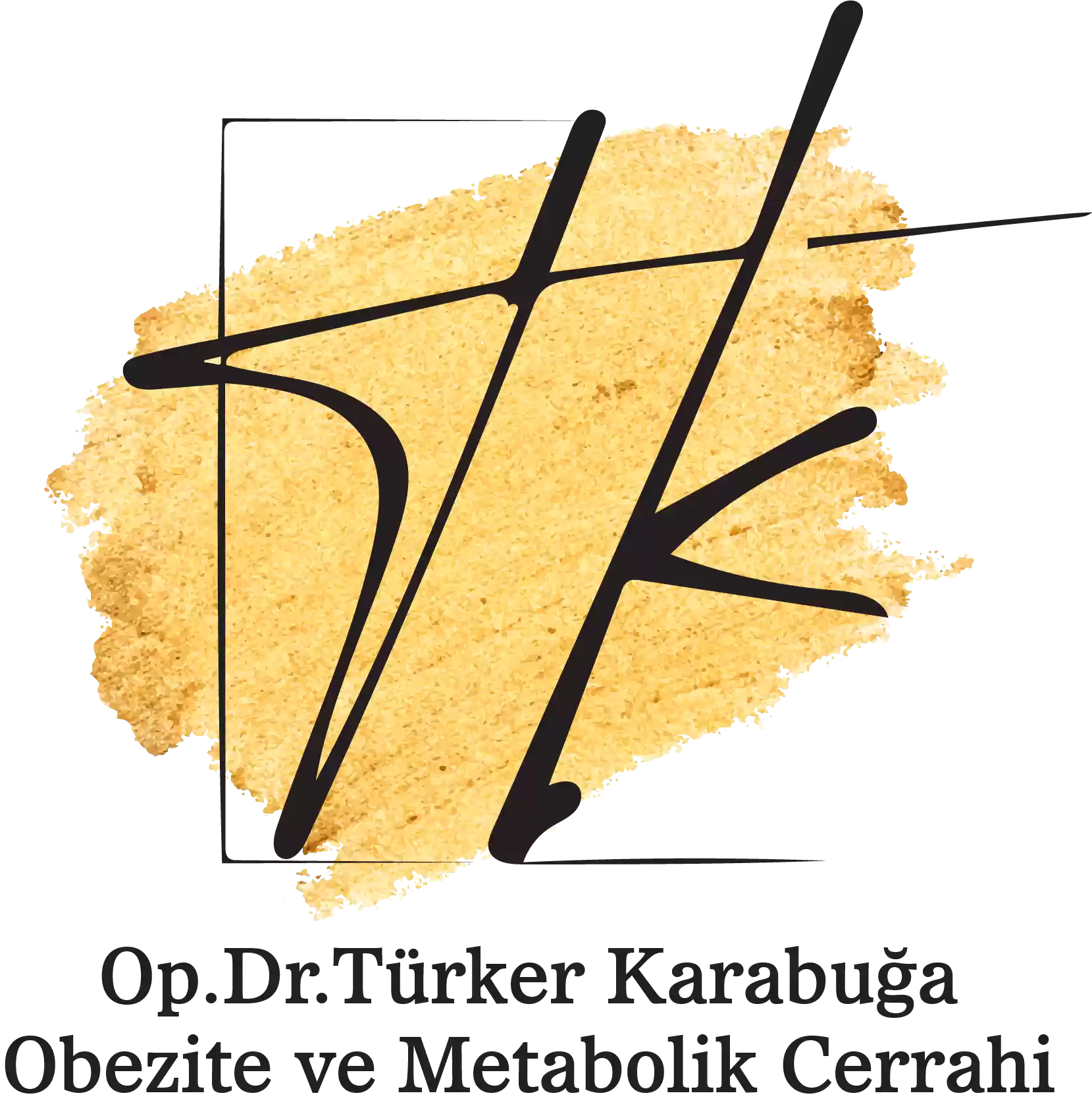VITAMIN C, whose chemical name is also Ascorbic acid, is a water-soluble vitamin that protects the health of bones, teeth and veins, provides resistance to various diseases and helps the use of some nutrients in the body.
In the first centuries before and after the discovery of America, the most common and feared disease of sailors during long sea voyages was ‘scurvy’, which was caused by vitamin C deficiency. This disease started with bleeding gums and then ended with shaking and falling out of the teeth.
Nutritionally, red and green peppers, broccoli, Brussels sprouts, red cabbage, cauliflower, tomatoes, oranges, kiwis, strawberries, cherries, watermelon and cantaloupe are cited as the best sources of vitamin C.
- 1 large slice of melon: 59 mg (milligram)
- 1 medium kiwi: 70 mg
- 1 medium orange: 90 mg
- 1 glass of tomato juice: 33 mg.
- 1 glass of orange juice: 97 mg
- 1 serving of cooked broccoli: 74 mg
- 1/2 portion (cup) of red pepper, raw: 95 mg
- 1/2 portion (cup) of red cabbage: 40 mg
- 1/2 portion (cup) of green pepper: 60 mg
- 1/2 portion (cup) of strawberries: 49 mg
- 1/2 cup (cup) of cooked brussels sprouts: 48 mg
The presence of metal ions such as iron and copper causes significant losses in oxygen, light, crushing, cutting, chopping, washing, cooking or canning, which is the most sensitive vitamin, vitamin C. Significant vitamin C losses may occur in fruits and vegetables due to such processes.
Health problems caused by vitamin C deficiency;
- Infection
- OBESITY
- Cardiovascular diseases
- Cancer
- Diabetes
- Eye diseases
- Neurodegenerative Diseases and Psychiatric Disorders
- Bone diseases
- Skin diseases
- Reproductive system diseases
Vıtamın C And Obesıty
Obesity is defined by the World Health Organization as abnormal or excessive fat accumulation that poses a risk to health (WHO, 2020). Obesity, which is an important global problem, is associated with oxidative stress.
Because excess fat and excess weight in tissues increase the production of reactive oxygen species that contribute to the origin and formation of oxidative stress.
Thanks to the antioxidant activity, it has been determined that there is a decrease in reactive oxygen species, which is a result of free fatty acid oxidation.
Antioxidant-based therapies are emerging against the complications of fat accumulation accompanied by increased systemic oxidative stress. The main beneficial effects of antioxidant supplementation are scavenging free radicals, controlling nitric oxide synthesis, inhibiting the production of reactive oxygen species and regulating antioxidant enzyme activities.
In a study, when vitamin C was given to obese rats, it was determined that there was an increase in glutathione peroxidase in liver and brown fat, superoxide dismutase in liver cells and catalase enzyme activities in blood cells. Vitamin C is thought to be protective against oxidative stress and obesity with its positive effects on the activity of these antioxidant enzymes.
It has been found that vitamin C, which functions as an endogenous scavenger under oxidative stress conditions, regulates adipocyte lipolysis and glucocorticoid release from the adrenal glands, inhibits glucose metabolism and leptin secretion in isolated adipocytes, and decreases the inflammatory response by leading to improvement of hyperglycemia and decreased glycosylation in obese diabetics.
All these mechanisms on obesity are thought to be related to the antioxidant properties of vitamin C. High energy intake and low energy expenditure and increase in body weight are associated with white adipose tissue in particular.
Oxidative stress in excessively enlarged white fat cells is a potential stimulus for metabolic syndrome complications. This condition is accepted as a risk factor for a number of chronic diseases such as diabetes, cardiovascular diseases (CVD) and cancer (WHO, 2020).
Since the occurrence of these diseases is often associated with an unbalanced oxidative stress, antioxidant-based therapies are thought to be beneficial against obesity complications.








